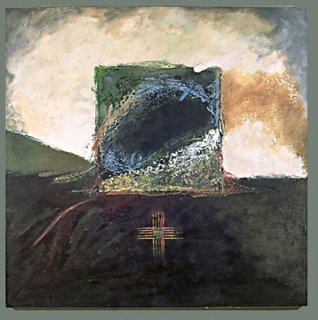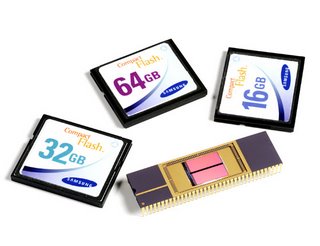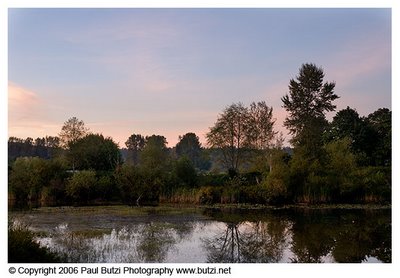
In the comments on
this thread, I said that as a photographer, I was concerned with process and unconcerned with the resulting artifacts. Arthur responded, saying
As for process and artifact, I'm not sure that you are doing enough to
de-emphasize the latter. Why do you archive work on your blog? Isn't the process of photography generally aimed at creating an artifact worth perserving?
First, I'd point out that being unconcerned with the resulting artifacts doesn't imply that I should de-emphasize them. Taking steps to de-emphasize them is being concerned, too.
I archive work here on my blog because otherwise it would vanish, and the links people make to it would vanish. Arthur also asked why, if I'm unconcerned with the artifact, I have my work on the web at all. It's a good question. My work is on the web so that people can see it, of course. That helps me handle situations like people who ask "So, you're a photographer. Can I see some of your work?", even when the person asking the question lives in a distant place. It helps me sell my work, too.
Does that make me concerned with the artifact? No, it means I'm willing to invest a modicum of time in leveraging the result of the effort I've made. Selling prints gives me money to invest in the materials and equipment I need/want to make new work. It means that although I'm not immune to the charms of sharing my work with other people, getting positive reviews and getting sales aren't the big rewards, they're minor rewards.
That's different from making the artifact the goal of the process. I don't work at photography because the result is prints I can show in a gallery, or sell, or give away, or display on the web. I work at photography because the process of making photographs is rewarding in a host of ways.
The next question Arthur asks is the biggie:
Isn't the process of photography generally aimed at creating an artifact worth perserving?I'd answer both "yes", and "no". There are plenty of photographers for whom the final image is the only goal. Photography, as they practice it, is all about the artifact, and the process they follow to get the photograph is strictly a secondary consideration. If the goal of your photography is the print, I'd guess concerns about how your work compares to the work of others are a big issue. Likewise critical aclaim, positive reviews, high print prices, and lots of print sales; those would be big issues for artifact focussed photographers.
But for me, the process of photography is not aimed at creating an artifact worth preserving. That's the 'commodity art world' view that I dislike so much - the idea that the goal of the art-making process is to crank out a stream of artifacts that the 'art world' can consume by analyzing it, critiquing it, buying it, selling it, coveting it, hating it, categorizing it, arguing about where it falls in the vast panorama of art history.
For me, the goal of the artmaking process is that it affords me an opportunity to engage in the art-making process. From before the moment of exposure until the print is made, it's an interesting, challenging and rewarding process that helps me be more engaged with the world around me.
My observation is that when I focus on the print sales, getting shows, worrying about how my work compares to the work of others, and worrying about what others will think of my work, my enjoyment and satisfaction diminish, and not surprisingly, the quality of my work goes down, too.
In what seems like a paradox, if I want my work to be the best it can be, I have to let go of worrying about how good it is, and focus on the process instead. What things am I enjoying? I try to do those more often. What things am I not enjoying? I try to arrange my photographic life so that I do those things less. What things do I care about, what things am I interested in? I try to make sure that I photograph those things. In general, those practices seem to both make me happier and result in better work.

 On the drive down into the valley, I woke from my morning stupor to realize I'd stopped in the middle of the road - the visual part of my brain, already awake, had activated my foot and stopped the car, waiting for the thinking part to recognize the need to get out the camera.
On the drive down into the valley, I woke from my morning stupor to realize I'd stopped in the middle of the road - the visual part of my brain, already awake, had activated my foot and stopped the car, waiting for the thinking part to recognize the need to get out the camera. In the valley, it was a continuous flow of photos, without pause. Every time I stopped in a spot, thinking there was one photo there, it turned into a stream of half a dozen.
In the valley, it was a continuous flow of photos, without pause. Every time I stopped in a spot, thinking there was one photo there, it turned into a stream of half a dozen.






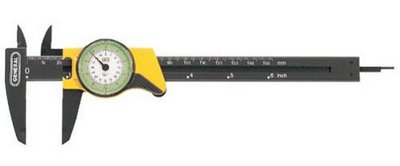



 So on Wednesday, I broke down and bought a RRS CB-18. It's an 18" long aluminum bar, machined with an Arca-Swiss profile along the length, top and bottom, and with big recesses milled out of the center to make it lighter. My plan is to mount a ball head at one end, stick the other end into the clamp of the RRS BH-55 on my main tripod, and Voila! an arm with a ballhead on the end! Just what I wanted!
So on Wednesday, I broke down and bought a RRS CB-18. It's an 18" long aluminum bar, machined with an Arca-Swiss profile along the length, top and bottom, and with big recesses milled out of the center to make it lighter. My plan is to mount a ball head at one end, stick the other end into the clamp of the RRS BH-55 on my main tripod, and Voila! an arm with a ballhead on the end! Just what I wanted!

 But for what I'm working on now, I have real problems and find tilt to be of limited utility. There are objects in the foreground that stick up and mean I'd need great vertical of depth of field right up close - things like gates, and fenceposts, and tall crops. With a 35mm lens and f/16 focused at hyperfocal distance, I get a near focus of about 5 feet, and a far focus of infinity. That's often not good enough, but movements won't help me, so when I get to that point, it's time to get creative. That can be good; giving up the closely held belief that in a landscape photograph, everything must be in sharp focus has been a (ahem) intensely felt learning experience.
But for what I'm working on now, I have real problems and find tilt to be of limited utility. There are objects in the foreground that stick up and mean I'd need great vertical of depth of field right up close - things like gates, and fenceposts, and tall crops. With a 35mm lens and f/16 focused at hyperfocal distance, I get a near focus of about 5 feet, and a far focus of infinity. That's often not good enough, but movements won't help me, so when I get to that point, it's time to get creative. That can be good; giving up the closely held belief that in a landscape photograph, everything must be in sharp focus has been a (ahem) intensely felt learning experience.



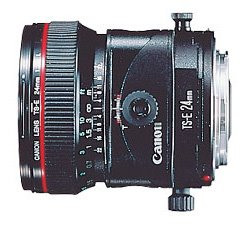
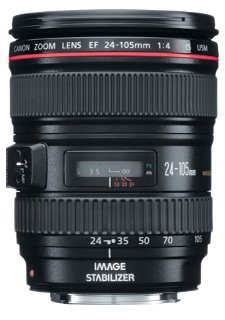



 Now, often, exactly what the project is really about is not entirely clear to me, especially at the beginning. I'll know, in some intuitive way, that this photo belongs with these other photos, and that I want to make more photos that go with that set. But the relationship that makes the photos all belong together is poorly understood, not easily articulated, or both, and in any case seems to evolve over time. Projects can have a life of their own, and sometimes just as you think you've got your thumb on what a project is about, it does an abrupt turn, and you discover you've really been doing something else, instead - something better, but different from what you thought you were doing (or set out to do).
Now, often, exactly what the project is really about is not entirely clear to me, especially at the beginning. I'll know, in some intuitive way, that this photo belongs with these other photos, and that I want to make more photos that go with that set. But the relationship that makes the photos all belong together is poorly understood, not easily articulated, or both, and in any case seems to evolve over time. Projects can have a life of their own, and sometimes just as you think you've got your thumb on what a project is about, it does an abrupt turn, and you discover you've really been doing something else, instead - something better, but different from what you thought you were doing (or set out to do). Sometimes, though, we get feedback just as we're at the point where we feel like the project is humming along nicely even though we can't quite articulate what it's about yet. And I've noticed that often the feedback at that moment seems to involve assumptions about where the work is headed that don't match my (fuzzy) thinking. It seems obvious that when there's a lot of stuff about the project that exists only in my head, and only vaguely at that, that viewers might feel the work should head in a different direction from what I have in mind. But somehow, when I'm laying out the prints, that gets lost, and the feedback just seems crossways to what I'm trying to do.
Sometimes, though, we get feedback just as we're at the point where we feel like the project is humming along nicely even though we can't quite articulate what it's about yet. And I've noticed that often the feedback at that moment seems to involve assumptions about where the work is headed that don't match my (fuzzy) thinking. It seems obvious that when there's a lot of stuff about the project that exists only in my head, and only vaguely at that, that viewers might feel the work should head in a different direction from what I have in mind. But somehow, when I'm laying out the prints, that gets lost, and the feedback just seems crossways to what I'm trying to do.



